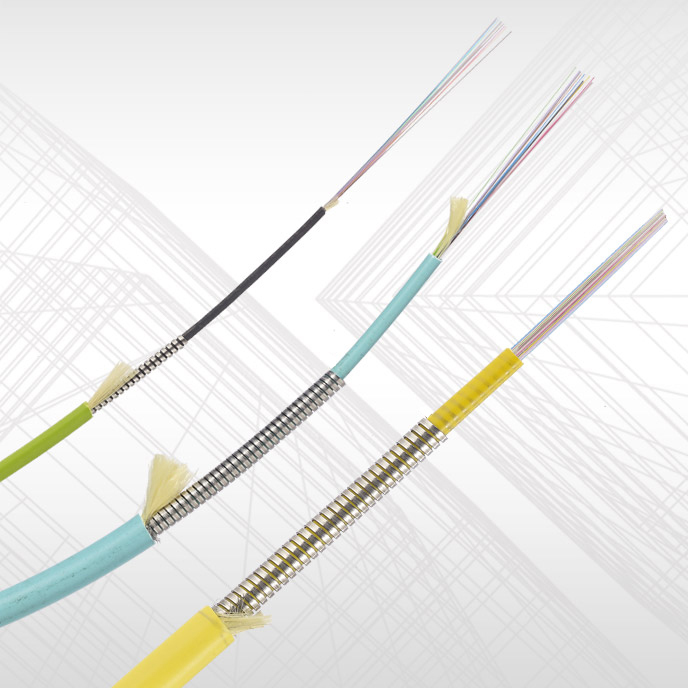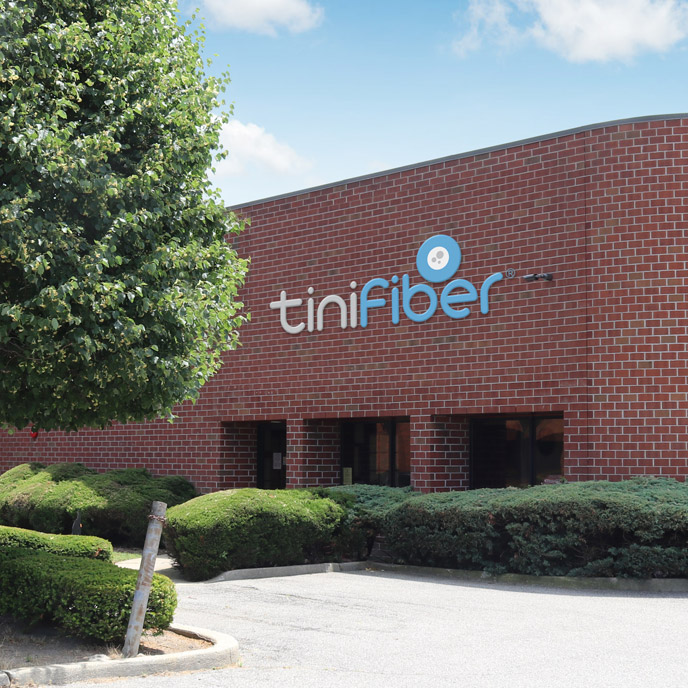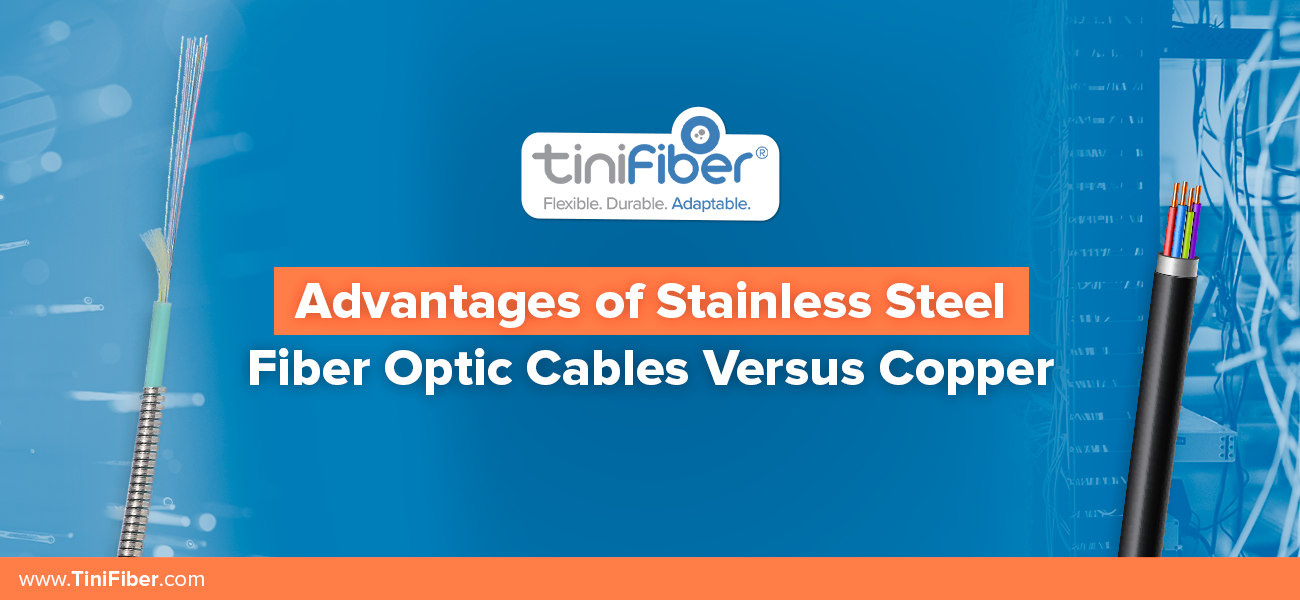In comparison to the more traditional copper cables, the data transmission method that utilizes stainless steel fiber optic cables is both more recent and technologically advanced. These cables offer a number of advantages over the more traditional copper cables and are quickly gaining popularity in a variety of different industries as a result. In today’s post, we’ll go over a few of the many benefits that stainless steel fiber optic cables offer over their more conventional copper counterparts.
Immunity to Electromagnetic Interference
The resistance of stainless steel fiber optic cables to electromagnetic interference is one of the most significant benefits offered by these cables (EMI). Copper cables are susceptible to errors and slowdowns in data transmission caused by electromagnetic interference (EMI), but fiber optic cables are immune to these problems and provide more reliable data transmission.
High Data Transfer Speeds
Traditional copper cables are significantly slower at data transfer than their fiber optic counterparts. This is due to the fact that data is transmitted through fiber optic cables using light, which has a higher frequency than the electrical signals that are used in copper cables. Due to the fact that this enables higher data transfer speeds, fiber optic cables are perfect for use in applications that require high-speed data transmission.
Greater Distance Capabilities
Traditional copper cables are limited in their ability to transmit data over long distances compared to fiber optic cables. The reason for this is that copper cables experience signal degradation over longer distances, whereas fiber optic cables do not. This is due to the fact that fiber optic cables are made of plastic or optical glass fibers.
Improved Physical Durability
Traditional copper cables don’t compare to the longevity of fiber optic cables in this regard. Because they are constructed out of a robust material such as glass or plastic, fiber optic cables are significantly less likely to become damaged as a result of being subjected to physical strain or being affected by the surrounding environment. In addition, these cables feature jackets made of stainless steel, which add an additional layer of protection, making them an excellent choice for use in harsh industrial settings.
Lightweight and Flexible
Fiber optic cables’ ease of installation and routing are greatly enhanced by their light weight and flexibility. Fiber optic cables are simpler to handle and install, even in confined spaces or difficult-to-reach areas, than copper cables because they don’t need to be installed with heavy machinery. In addition, installation is quicker, which can be a big benefit for projects that must be completed quickly. Due to their rigidity to break when bent or twisted, copper cables are challenging to install in constrained spaces or in places where complex routing requirements exist. Contrarily, fiber optic cables can be bent and twisted without causing damage because they are much more flexible. As a result, fiber optic cables offer greater flexibility and versatility in terms of installation by being able to be installed in places where copper cables simply cannot be used.
Increased Bandwidth
A data transmission system’s capabilities are greatly influenced by bandwidth. For applications that require high-speed data transmission and large amounts of data to be transmitted, a higher bandwidth allows for the simultaneous transmission of more data. Fiber optic cables can transmit more data at once than conventional copper cables because they have a much higher bandwidth. This is because copper cables use electrical signals to transmit data, whereas fiber optic cables use light to do so. Electrical signals have a lower frequency than light, so light has a higher bandwidth. Fiber optic cables are therefore better suited for applications requiring high-speed data transmission and large amounts of data to be transmitted because they can transmit more data at once.
In conclusion, Stainless Steel Fiber Optic Cables are a highly advanced form of data transmission that offer numerous advantages over traditional copper cables. With their immunity to EMI, high data transfer speeds, greater distance capabilities, improved physical durability, lightweight and flexible design, and increased bandwidth, these cables are ideal for use in various industries. If you are looking to upgrade your data transmission system, consider switching to Stainless Steel Fiber Optic Cables.
Buy a TiniFiber Micro Armor Cable Today
A heavy-duty industry necessitates the most durable, lightweight, and long-lasting cable possible. This solution is provided by micro armored fiber optic cable. It is suitable for any industrial use and offers numerous advantages to its owner.
TiniFiber is the leader in armored fiber optic cable production. Request a quote today, and experience the improvement a micro-armored cable can provide.













